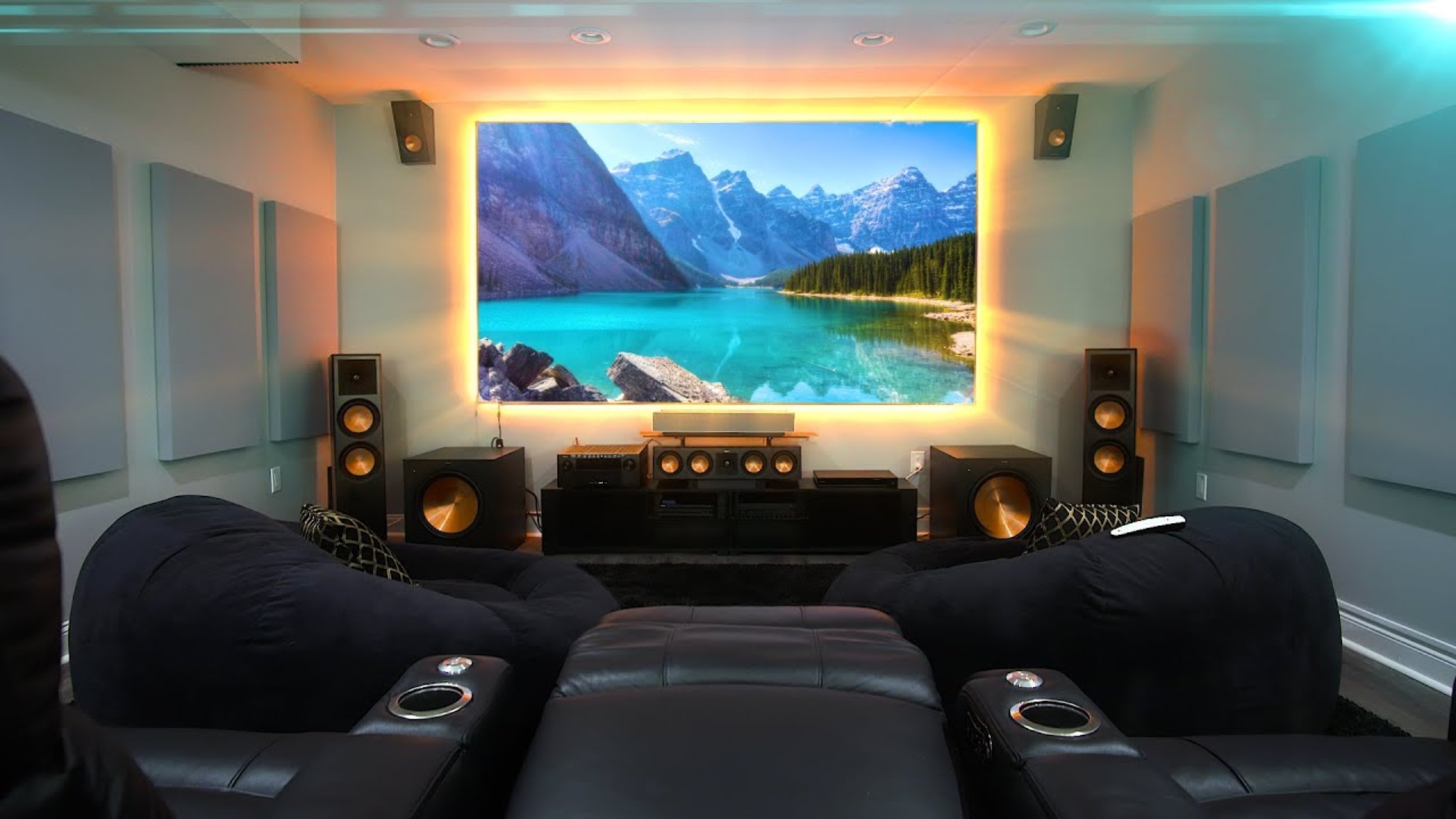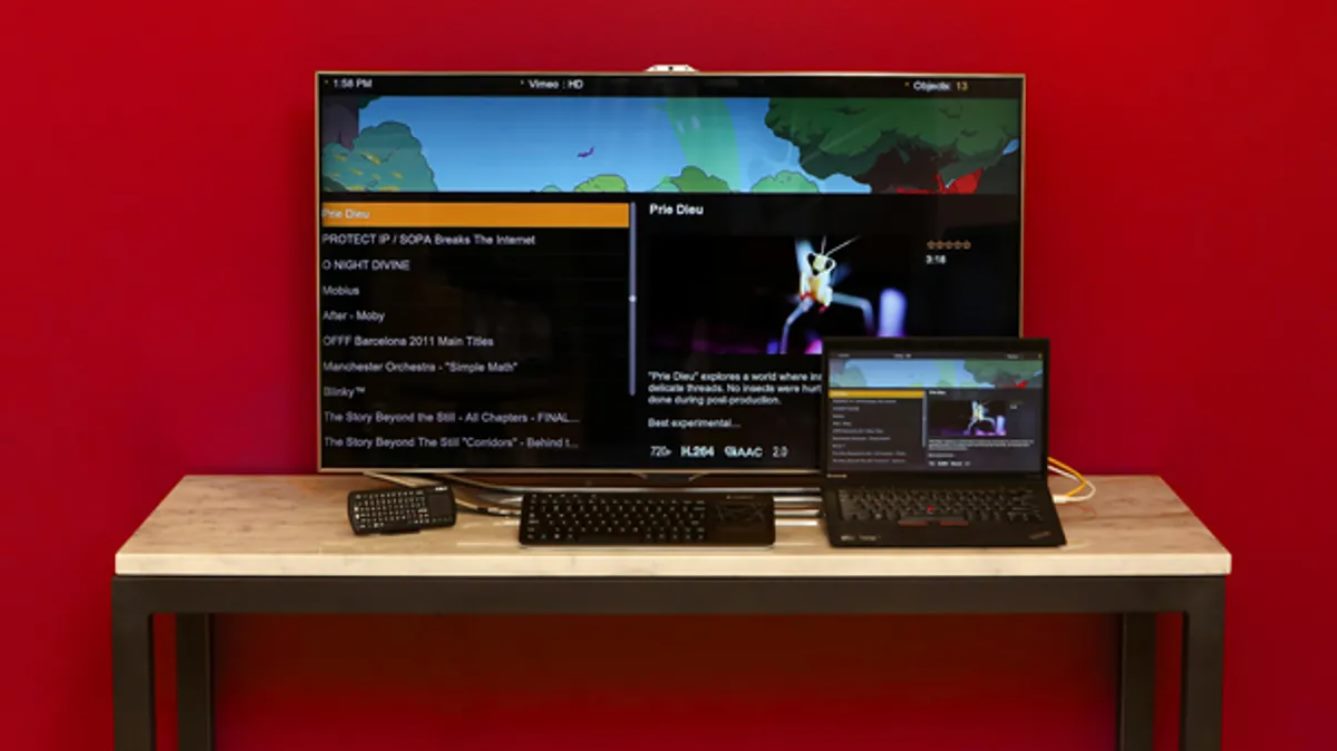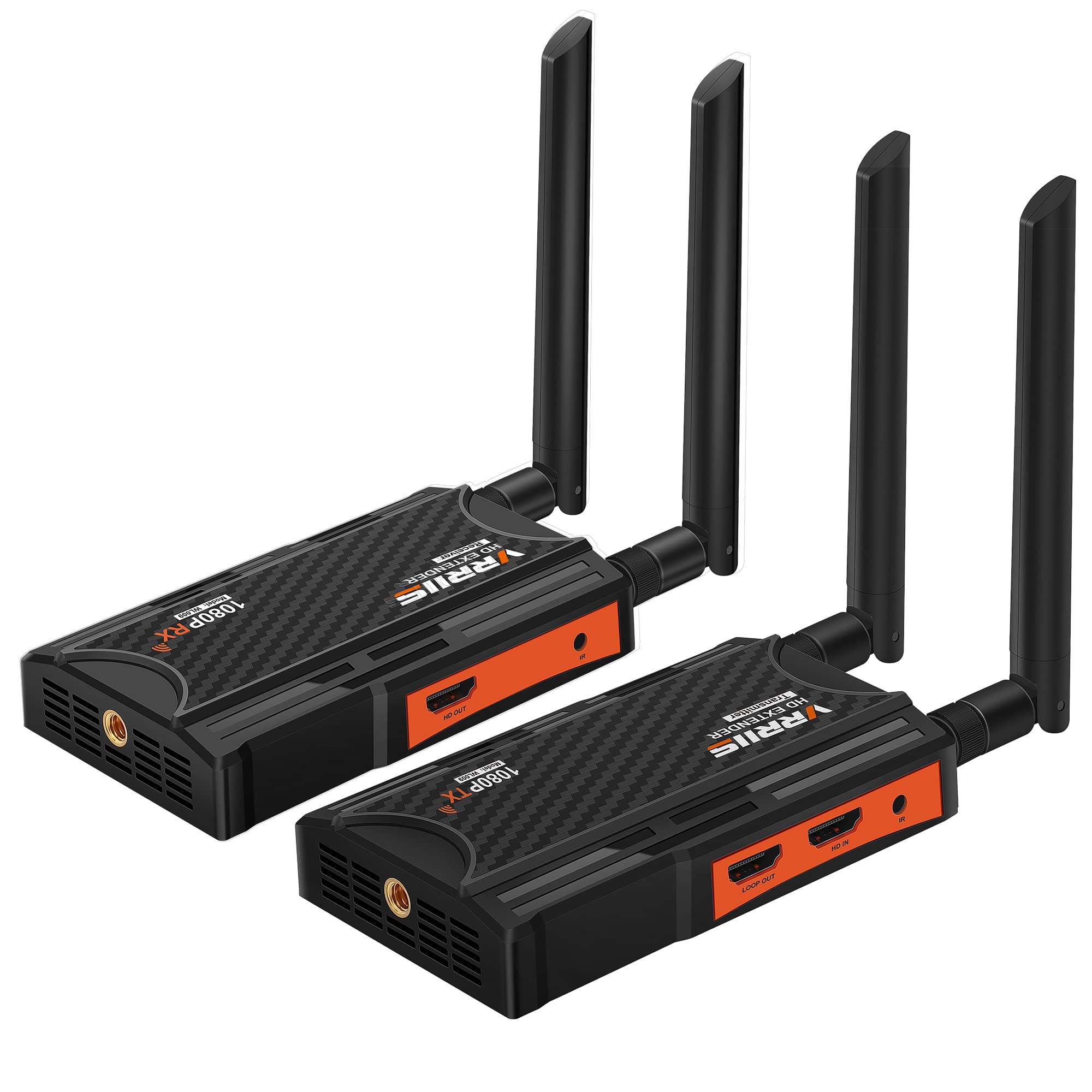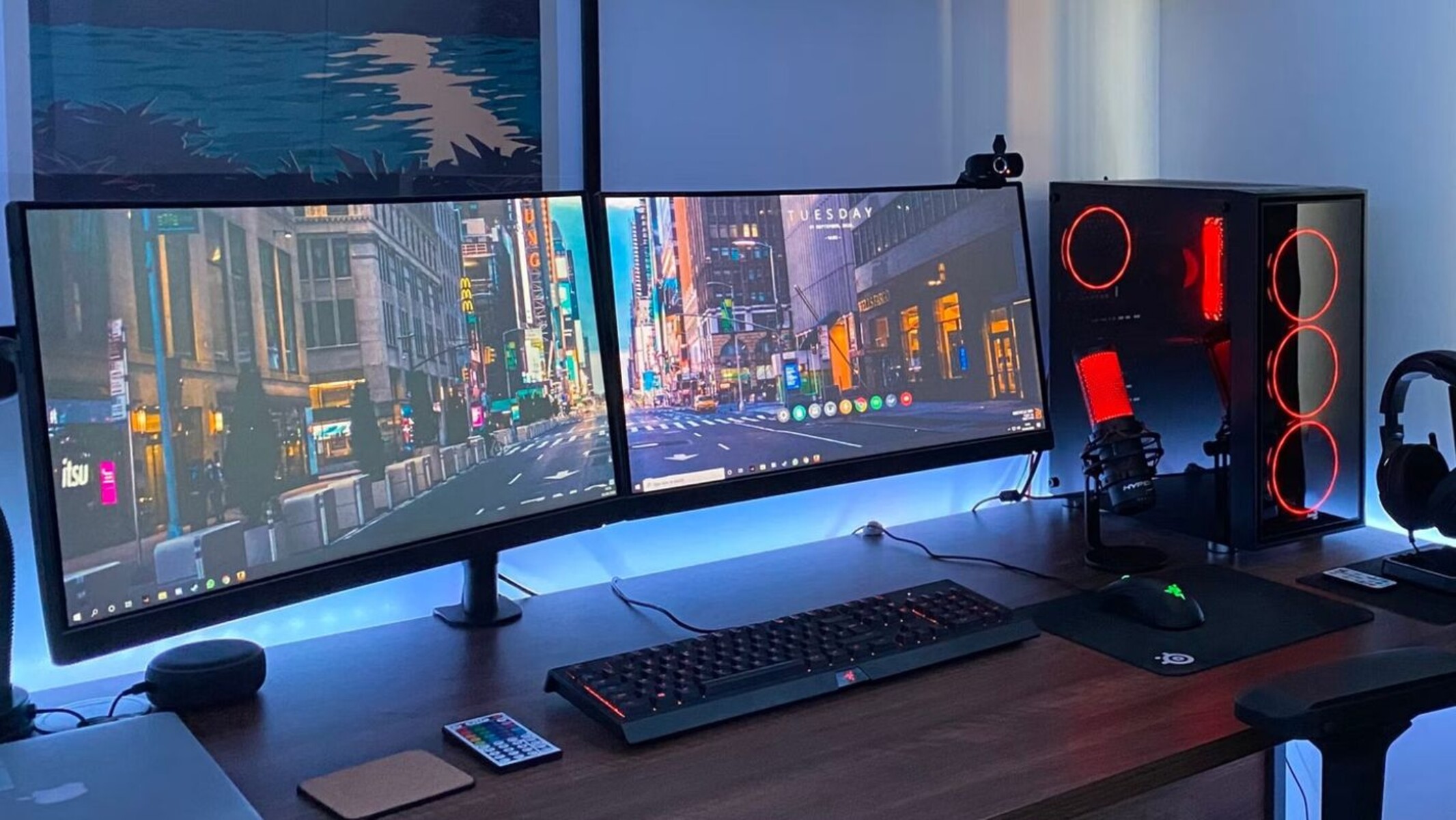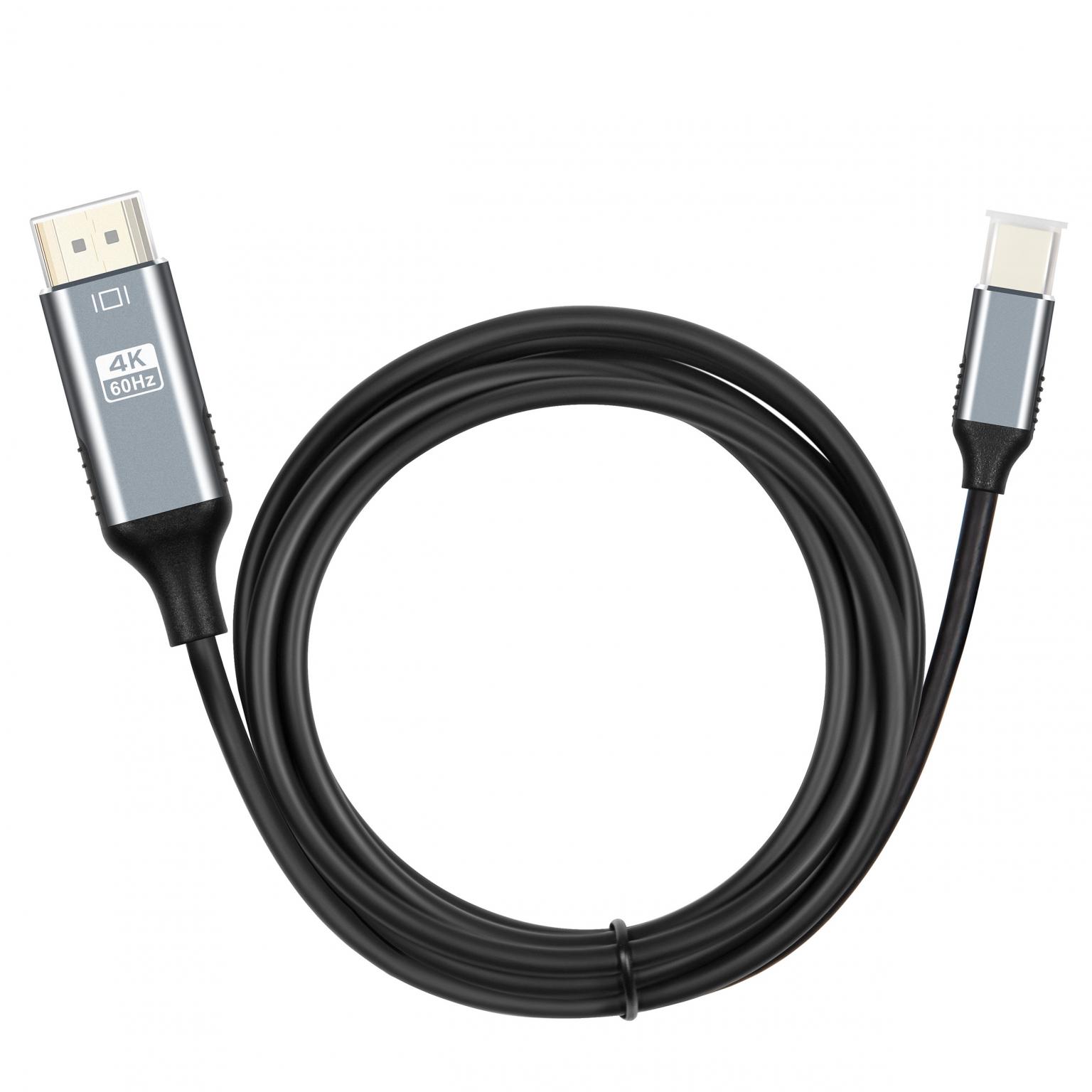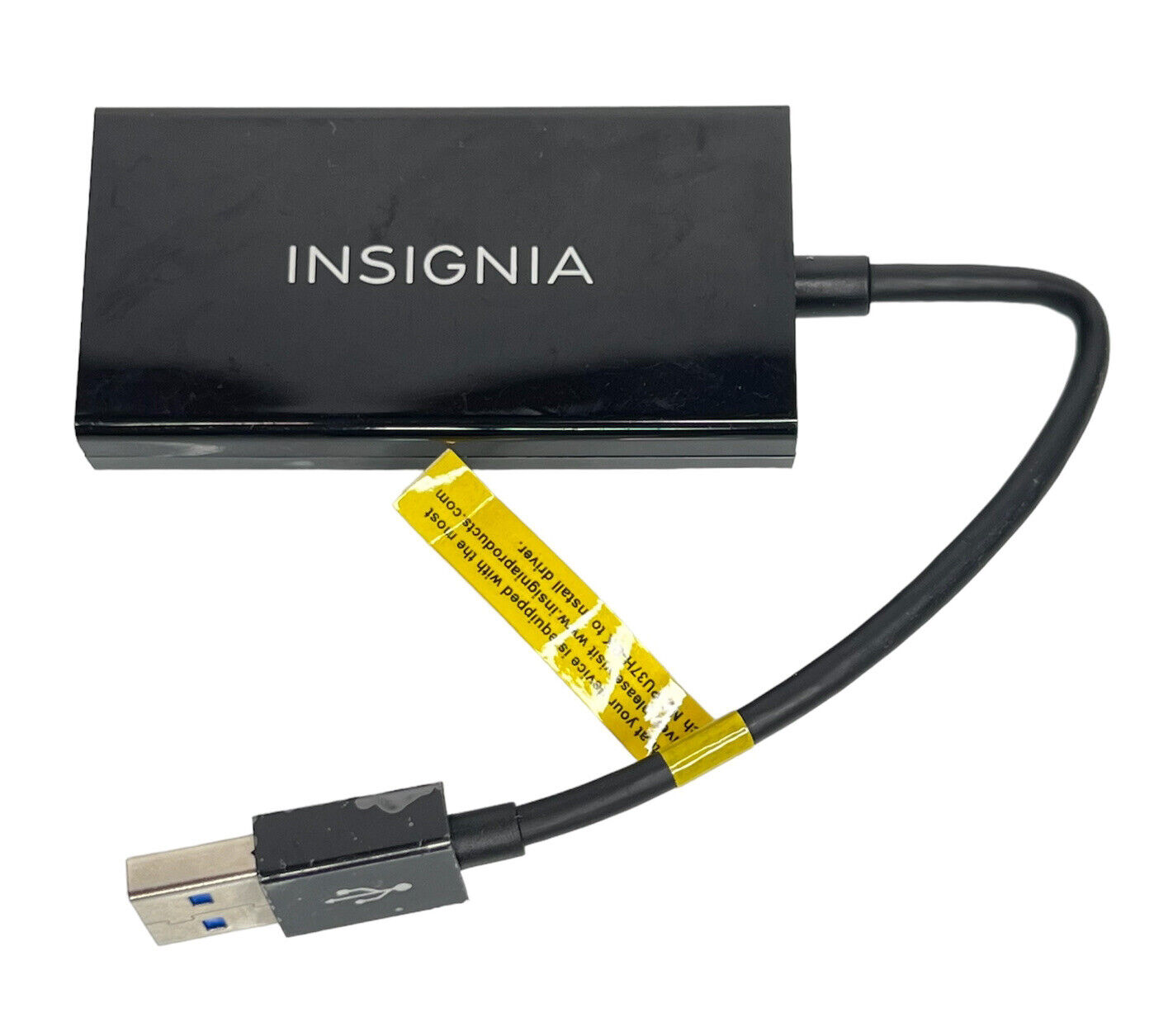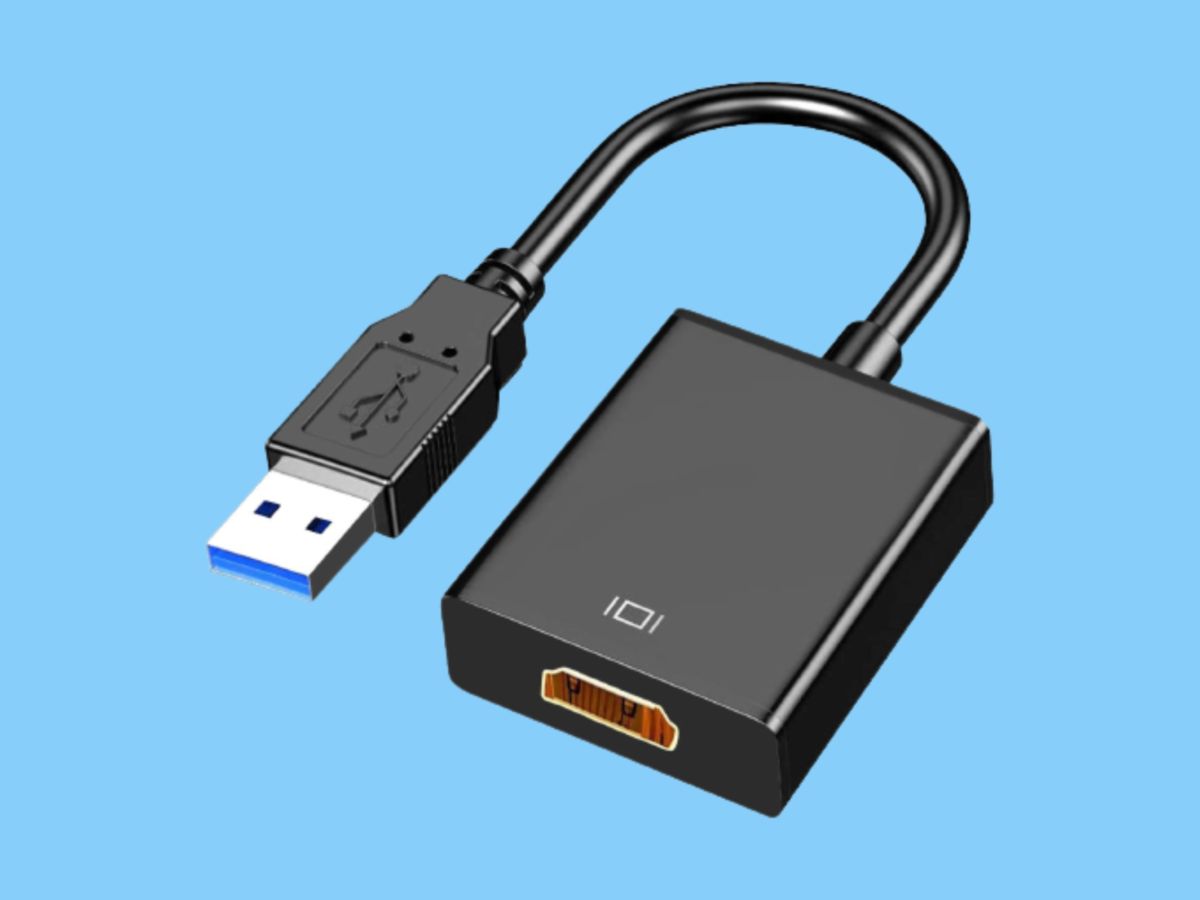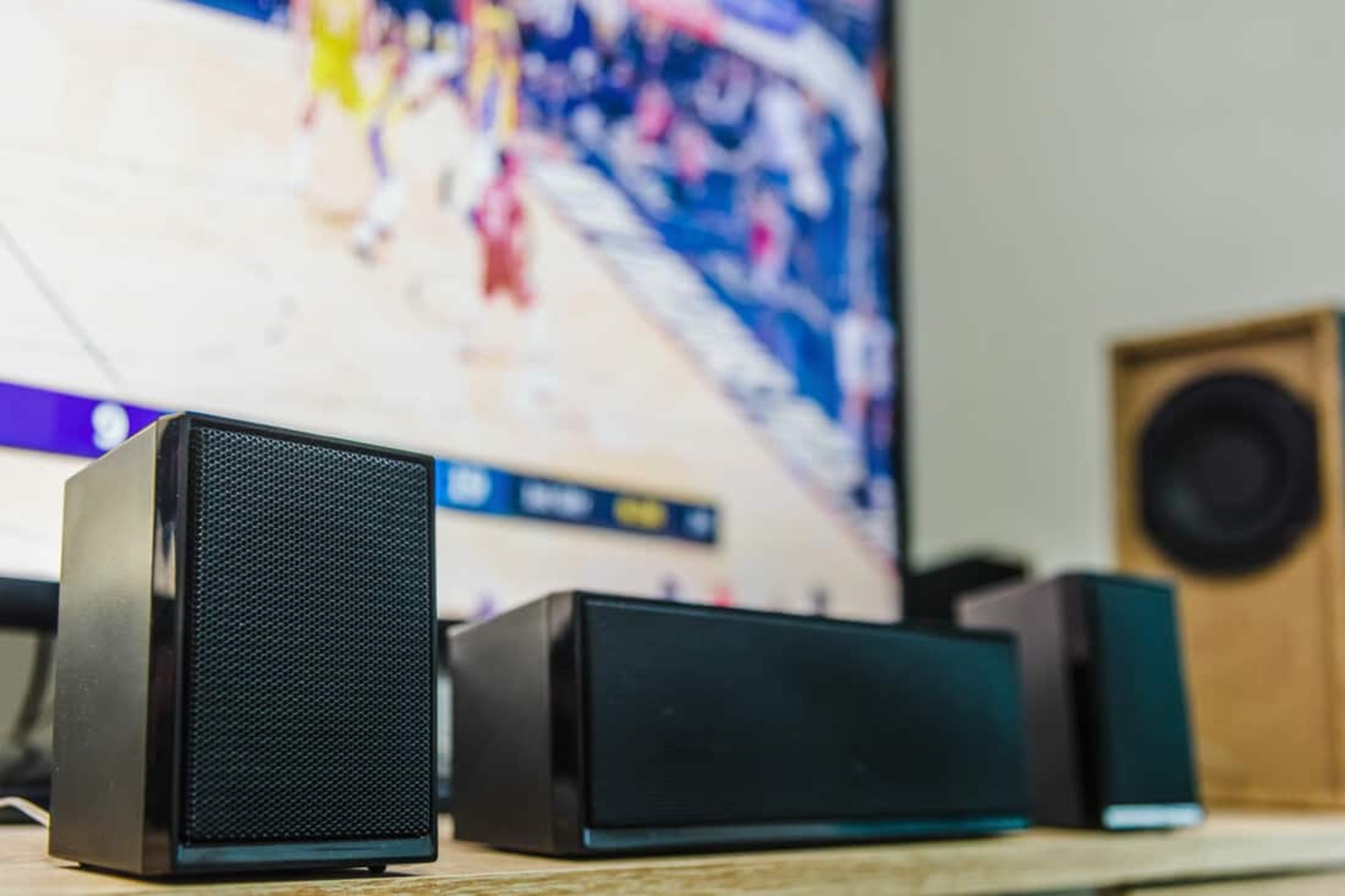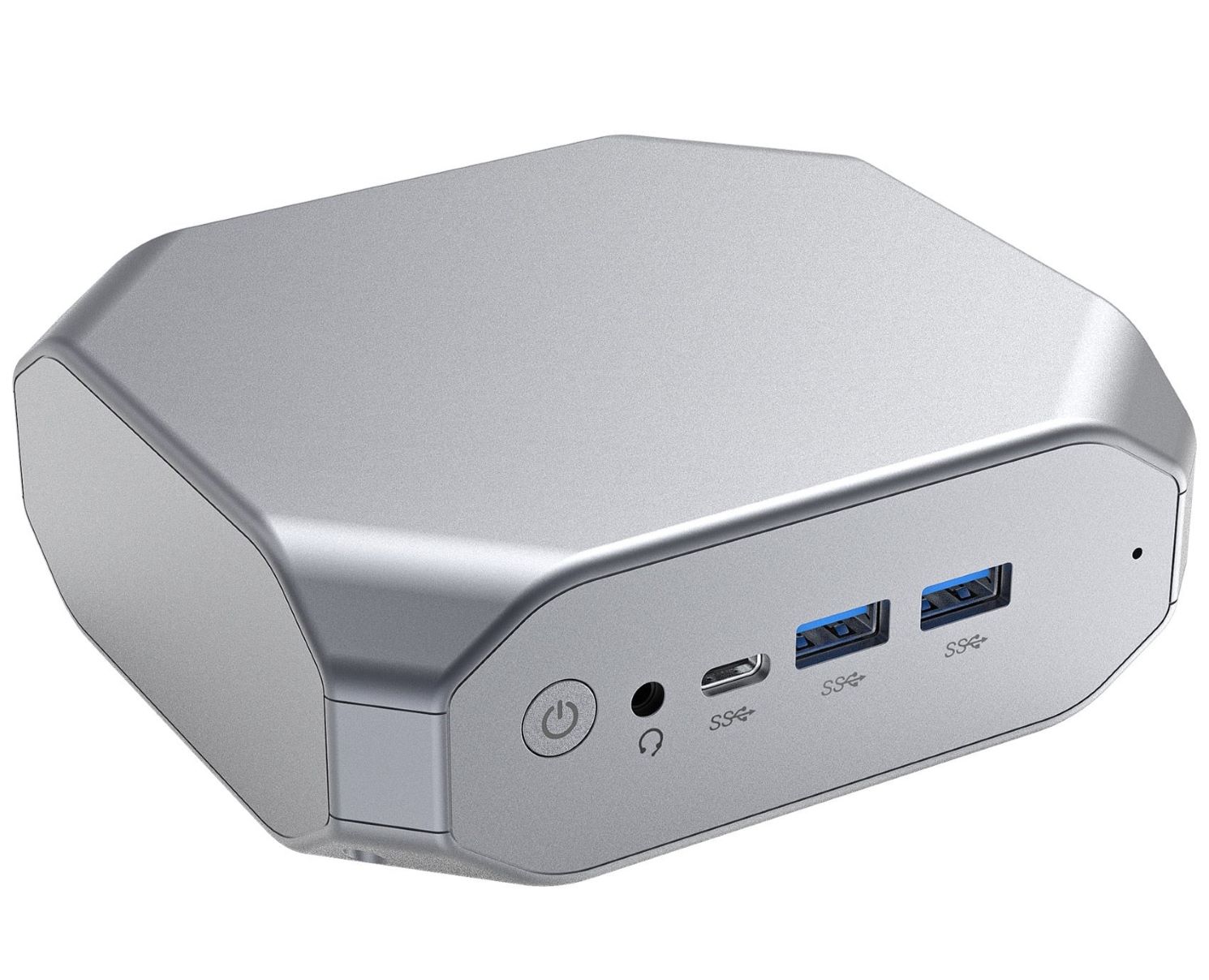Introduction
Welcome to the world of home theater PCs (HTPCs) – devices that combine the power of a computer with the convenience of a dedicated home theater system. HTPCs have revolutionized the way we consume media, offering an all-in-one solution for playing movies, music, and games on the big screen.
In the age of streaming services, digital downloads, and high-definition content, HTPCs have become increasingly popular among entertainment enthusiasts. These versatile devices not only provide access to a wide range of media sources but also offer the ability to customize and personalize the home theater experience.
One crucial component that plays a significant role in connecting and transmitting media from HTPCs to external displays is the HDMI output port. Whether you’re using a flat-screen TV or a projector, the HDMI output port is essential for ensuring high-quality audio and video signals from your HTPC.
In this article, we will delve into the purpose and benefits of the HDMI output port in a home theater PC. We will explore how this versatile port enables seamless connectivity and enhances the overall multimedia experience. So, let’s dive in and unravel the magic behind the HDMI output port in a HTPC!
What is a Home Theater PC (HTPC)?
A Home Theater PC (HTPC) is a multimedia device that combines the functionality of a computer with the entertainment capabilities of a home theater system. It is designed to provide an all-in-one solution for playing, streaming, and managing various forms of media content.
Unlike traditional desktop computers, HTPCs are optimized for home theater environments. They are equipped with specialized hardware and software that allow users to enjoy movies, TV shows, music, and games on their television or projector screens with ease.
HTPCs typically come in the form of compact units that can be connected directly to a TV or AV receiver. These devices are often powered by operating systems such as Windows, Linux, or Android, which provide a user-friendly interface for media playback and management.
One of the key features of HTPCs is their ability to access and play a wide range of media formats. From local media files stored on the device’s hard drive to online streaming services like Netflix and Hulu, HTPCs can handle it all.
Moreover, HTPCs often support a variety of connectivity options, including Ethernet, Wi-Fi, Bluetooth, and USB, allowing users to connect external devices like keyboards, mice, game controllers, and storage devices. This flexibility enables seamless integration with other home theater components and enhances the overall multimedia experience.
Additionally, HTPCs can be customized and expanded based on individual preferences and requirements. Users can add additional storage space, upgrade the hardware components such as RAM or graphics cards, and install software applications to further enhance the functionality and performance of their HTPCs.
In summary, a Home Theater PC is a versatile device that brings together the features and capabilities of a computer and a home theater system. It allows users to access, organize, and enjoy a wide range of media content on their television screens, making it the perfect companion for entertainment enthusiasts who seek a personalized and immersive home theater experience.
What is an HDMI Output Port?
An HDMI (High-Definition Multimedia Interface) output port is a specialized port found on electronic devices, including home theater PCs (HTPCs), that allows for the transmission of high-quality audio and video signals to external displays such as televisions or projectors.
HDMI has become the standard connection interface for modern home theater systems due to its ability to deliver uncompressed, high-definition digital audio and video signals over a single cable. This makes HDMI the ideal choice for transmitting high-quality media content from HTPCs to larger screens.
The HDMI output port on a HTPC usually comes in the form of a small rectangular slot, often labeled as “HDMI OUT.” It enables users to connect their HTPCs to compatible HDMI input ports on their televisions or projectors, creating a seamless connection between the two devices.
One of the key advantages of HDMI is its ability to transmit both audio and video signals simultaneously. This eliminates the need for separate audio cables, such as RCA or optical cables, simplifying the setup process and reducing cable clutter.
Furthermore, HDMI supports various audio formats, including Dolby Digital, DTS, and PCM, ensuring that users can enjoy immersive and high-fidelity sound from their HTPCs. It also supports different video resolutions, from standard definition (SD) to ultra-high definition (UHD) and 4K, allowing for a rich and vibrant visual experience.
In addition to audio and video signals, HDMI also supports other functionalities, such as Consumer Electronics Control (CEC) and Ethernet over HDMI. CEC allows for synchronized control between devices, meaning users can control their HTPC and television with a single remote control. Ethernet over HDMI enables an internet connection to be shared between devices using HDMI cables, eliminating the need for separate network connections.
Overall, the HDMI output port on a HTPC serves as the gateway for transmitting high-quality audio and video signals to external displays. It simplifies the connectivity process, ensuring a seamless experience for users who want to enjoy their HTPC’s media content on larger screens with stunning visuals and exceptional sound quality.
Purpose of an HDMI Output Port in a HTPC
The HDMI output port in a home theater PC (HTPC) serves a critical purpose in connecting the HTPC to an external display, such as a television or projector. It enables the transmission of high-quality audio and video signals from the HTPC to the screen, creating a seamless multimedia experience for the user.
One of the primary purposes of the HDMI output port is to deliver uncompressed digital signals. Unlike analog connections, HDMI ensures that the audio and video signals remain in their original digital form, preserving the quality and fidelity of the media content. This means that users can enjoy movies, TV shows, and games on their HTPCs with crystal-clear visuals and immersive sound.
Moreover, the HDMI output port supports various video resolutions, including standard definition (SD), high definition (HD), and ultra-high definition (UHD), such as 4K. This allows HTPCs to deliver stunning visuals, displaying intricate details and vibrant colors on the connected screen. Whether you’re streaming your favorite shows or playing the latest video games, the HDMI output port ensures that you get the most out of your HTPC’s graphics capabilities.
Another purpose of the HDMI output port is to transmit high-quality audio signals. Whether it’s the immersive surround sound of a movie or the crisp audio effects of a game, HTPCs can deliver exceptional sound experiences through the HDMI connection. The HDMI output port supports various audio formats, including Dolby Digital, DTS, and PCM, ensuring that users can enjoy rich and immersive soundscapes on their connected audio systems or speakers.
The HDMI output port also provides a convenient and seamless connection between the HTPC and the external display. With a single HDMI cable, users can transmit both audio and video signals, eliminating the need for separate cables and reducing clutter. This simplifies the setup process and ensures a clean and organized home theater setup.
Furthermore, the HDMI output port enables the synchronization of control between the HTPC and the connected screen. This means that users can use a single remote control to manage both devices, simplifying the operation and enhancing the overall user experience. With Consumer Electronics Control (CEC) functionality, users can control various functions of the HTPC and the display, such as power on/off, volume control, and input selection, with ease.
In summary, the HDMI output port in a HTPC serves multiple purposes – it delivers high-quality audio and video signals, supports a range of video resolutions, simplifies connectivity, and allows for synchronized control. It plays a crucial role in creating a seamless and immersive multimedia experience, ensuring that users can enjoy their favorite movies, music, and games on a larger screen with stunning visuals and exceptional sound quality.
Connecting a HTPC to a TV or Projector
Connecting a home theater PC (HTPC) to a TV or projector is a straightforward process that allows users to enjoy the multimedia capabilities of their HTPC on a larger screen. The HDMI output port plays a crucial role in establishing this connection, ensuring high-quality audio and video transmission between the devices.
To connect a HTPC to a TV or projector, the first step is to locate the HDMI output port on the HTPC. Typically labeled as “HDMI OUT,” this port is usually found on the back or side of the HTPC unit. Insert one end of the HDMI cable into this port.
The next step is to identify the HDMI input port on the TV or projector. It is usually labeled as “HDMI IN” and may be located on the back or side of the device. Insert the other end of the HDMI cable into this port.
Once both ends of the HDMI cable are securely connected, switch on the HTPC and the TV or projector. Set the input source on the TV or projector to the HDMI port that the HTPC is connected to. This can typically be done using the “Input” or “Source” button on the TV remote control.
Upon selecting the correct input source, the TV screen or projected image should display the content being played on the HTPC. Depending on the HTPC’s settings, the display may mirror the HTPC’s screen or extend the desktop, allowing for simultaneous use of both the HTPC and the TV or projector.
It’s important to ensure that both the HTPC and the TV or projector are capable of supporting the desired video resolution and refresh rate. This can usually be adjusted in the display settings of the HTPC’s operating system, allowing for optimal video playback on the connected screen.
In addition to HDMI, other connectivity options such as VGA, DVI, or DisplayPort may be available on the HTPC or the TV/projector. However, HDMI is typically the preferred option due to its ability to transmit high-quality audio and video signals in a single cable, providing a hassle-free and consolidated connection.
Overall, connecting a HTPC to a TV or projector using the HDMI output port is a simple and efficient process. It allows users to enjoy their HTPC’s multimedia capabilities on a larger screen, providing a more immersive and enjoyable home theater experience.
Audio and Video Capabilities of HDMI Output Port
The HDMI output port in a home theater PC (HTPC) has the capability to transmit high-quality audio and video signals, making it a crucial component for delivering an immersive multimedia experience. Let’s explore the audio and video capabilities of the HDMI output port in more detail.
Audio Capabilities:
The HDMI output port supports various audio formats, including popular ones like Dolby Digital, DTS, and PCM. This means that when connected to a compatible audio system or speakers, the HTPC can deliver exceptional sound quality and surround sound experiences.
With audio formats such as Dolby Digital and DTS, HTPCs can reproduce cinematic sound effects and immersive audio tracks from movies, providing a truly immersive home theater experience. PCM support ensures that users can enjoy high-fidelity audio, whether it’s from music playback or gaming, with utmost clarity and precision.
Furthermore, the HDMI output port is capable of transmitting multi-channel audio, allowing for the reproduction of 5.1, 7.1, or even higher channel configurations. This ensures that users can enjoy a rich and immersive audio experience that complements the high-quality video playback on their connected display.
Video Capabilities:
The HDMI output port is designed to support a wide range of video resolutions, from standard definition (SD) to high definition (HD), and even ultra-high definition (UHD) resolutions such as 4K. This versatility ensures that users can enjoy their HTPCs’ video content in stunning clarity and detail.
By supporting higher resolutions and refresh rates, the HDMI output port allows for smooth and vibrant video playback. It ensures that users can watch movies, TV shows, and other video content in the way they were meant to be seen, with sharp details, rich colors, and accurate contrast.
In addition to resolutions, the HDMI output port also supports various color spaces, including RGB, YCbCr, and Deep Color. This ensures that the HTPC can accurately reproduce a wide range of colors, providing a more lifelike and visually pleasing experience.
Moreover, the HDMI output port supports HDCP (High-bandwidth Digital Content Protection), a digital rights management technology that ensures secure transmission of copyrighted content. This ensures that users can enjoy protected content, including Blu-ray movies and streaming services, without any compromises.
In summary, the HDMI output port in a HTPC provides impressive audio and video capabilities. It supports a range of audio formats, allowing for immersive surround sound experiences, and delivers stunning video resolutions, ensuring sharp and vibrant visuals. Whether it’s enjoying movies, music, or games, the HDMI output port enhances the overall multimedia experience by delivering high-quality audio and video signals to the connected display.
Benefits of using an HDMI Output Port in a HTPC
The HDMI output port in a home theater PC (HTPC) offers several benefits that enhance the overall multimedia experience. Let’s explore the advantages of using an HDMI output port in a HTPC:
1. High-Quality Audio and Video Transmission: The HDMI output port ensures the transmission of high-quality, uncompressed audio and video signals from the HTPC to the connected display. This results in crystal-clear audio and stunning visuals, allowing users to enjoy movies, music, and games with exceptional clarity and fidelity.
2. Simplified Connectivity: Using an HDMI output port simplifies the connectivity process between the HTPC and the TV or projector. With a single HDMI cable, users can transmit both audio and video signals, eliminating the need for multiple cables and reducing clutter. This streamlined connection enhances the overall setup and provides a hassle-free experience.
3. Wide Compatibility: HDMI has become the industry standard for audio and video transmission, ensuring the compatibility of the HTPC with a vast array of TVs, projectors, and audio systems. The HDMI output port allows users to connect their HTPCs to a wide range of devices without worrying about compatibility issues or the need for additional converters or adapters.
4. Multi-Channel Audio Support: The HDMI output port supports multi-channel audio formats such as Dolby Digital and DTS, allowing for immersive surround sound experiences. This makes watching movies, playing games, and listening to music on the HTPC a truly immersive and captivating experience.
5. High-Resolution Video Playback: With support for high-definition (HD) and even ultra-high-definition (UHD) resolutions such as 4K, the HDMI output port enables users to enjoy their favorite movies, TV shows, and games in stunning detail and clarity. The HDMI connection ensures that the HTPC can deliver an optimal visual experience on the connected display.
6. Enhanced Control and Integration: HDMI supports Consumer Electronics Control (CEC), allowing for synchronized control between the HTPC and the connected display. Users can control both devices using a single remote control, simplifying the operation and enhancing the overall user experience. It enables functions such as power on/off, input selection, and volume control to be controlled seamlessly.
7. HD Copy Protection: HDMI incorporates High-bandwidth Digital Content Protection (HDCP), ensuring secure transmission of copyrighted content. This means that users can enjoy protected content, such as Blu-ray movies or streaming services, without any compromises on quality or security.
In summary, the HDMI output port in a HTPC offers numerous benefits, including high-quality audio and video transmission, simplified connectivity, wide compatibility, multi-channel audio support, high-resolution video playback, enhanced control and integration, and HD copy protection. Utilizing the HDMI output port enhances the overall multimedia experience, providing users with exceptional audio and visuals while simplifying the connectivity process.
Conclusion
The HDMI output port in a home theater PC (HTPC) plays a crucial role in delivering high-quality audio and video signals to external displays, such as televisions or projectors. It serves as the gateway for creating a seamless multimedia experience, allowing users to enjoy their favorite movies, music, and games on a larger screen with stunning visuals and exceptional sound quality.
The HDMI output port offers several benefits, including simplified connectivity, wide compatibility, high-quality audio and video transmission, multi-channel audio support, high-resolution video playback, enhanced control and integration, and HD copy protection. These advantages make the HDMI output port an essential component of a HTPC, ensuring that users can fully immerse themselves in their multimedia content.
By utilizing the HDMI output port, users can simplify the connectivity process, eliminating the need for multiple cables and reducing clutter. It enables a hassle-free and consolidated connection between the HTPC and the external display.
In addition, the HDMI output port supports a wide range of audio and video formats, ensuring that users can enjoy immersive surround sound experiences and vibrant, high-definition visuals. Whether it’s watching movies, playing games, or listening to music, the HDMI output port allows for an exceptional audio and video playback experience.
The HDMI output port also offers enhanced control and integration through features like Consumer Electronics Control (CEC). Users can seamlessly control both the HTPC and the connected display using a single remote control, simplifying the operation and enhancing the overall user experience.
Furthermore, HDMI incorporates High-bandwidth Digital Content Protection (HDCP), ensuring the secure transmission of copyrighted content. This allows users to enjoy protected content, such as Blu-ray movies and streaming services, without compromising on quality or security.
In conclusion, the HDMI output port in a HTPC is a versatile and essential component that enables high-quality audio and video transmission to external displays. With its numerous benefits and capabilities, the HDMI output port greatly enhances the overall multimedia experience, providing users with a seamless, immersive, and enjoyable home theater experience.







